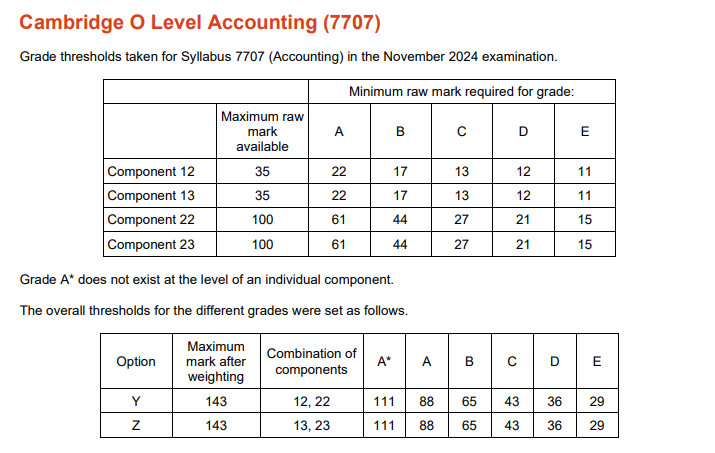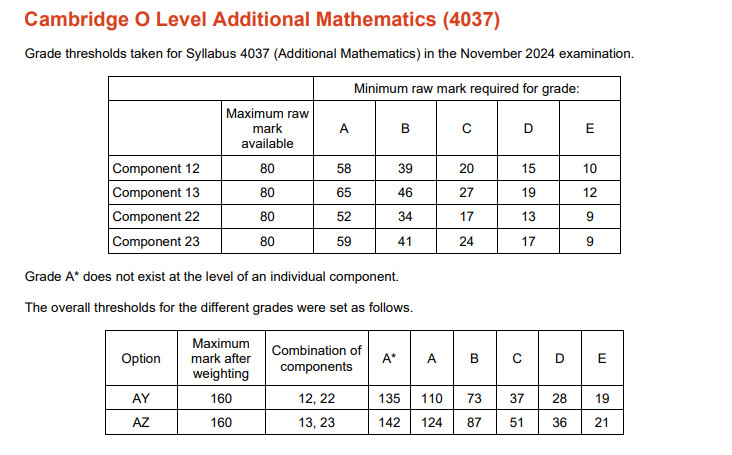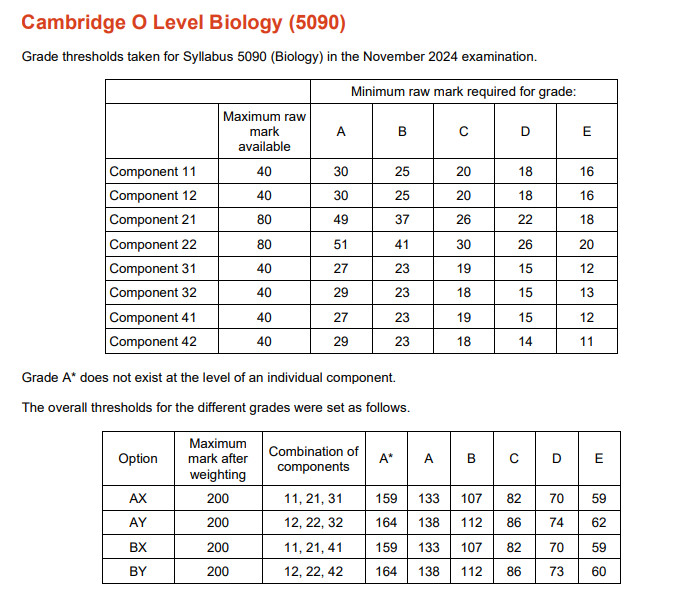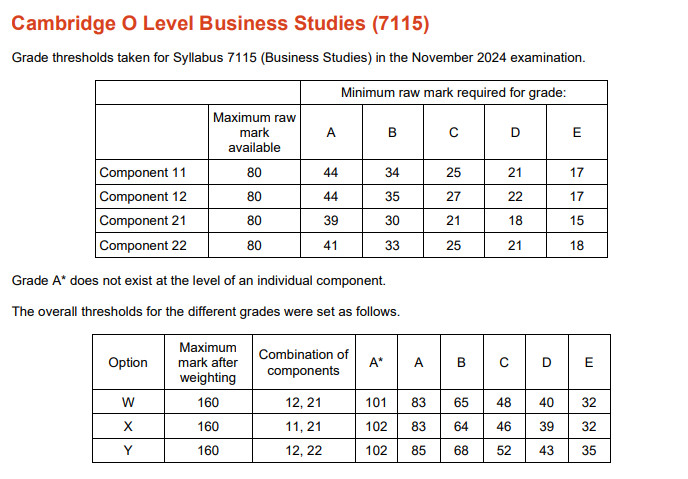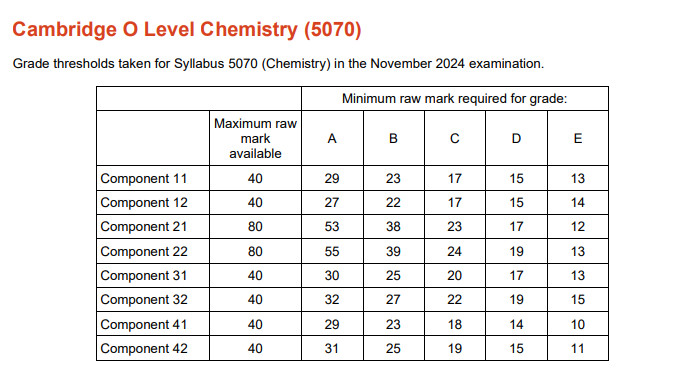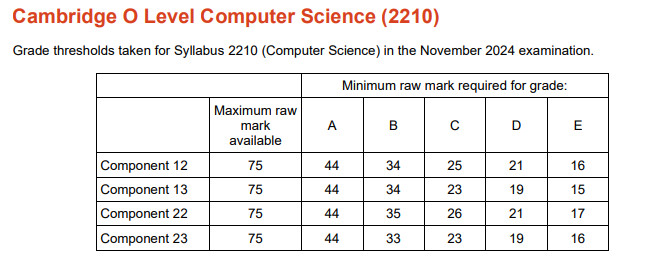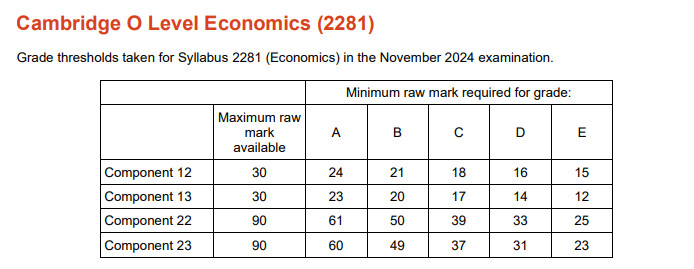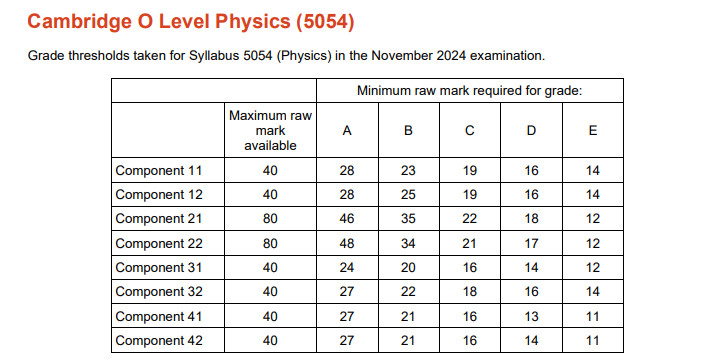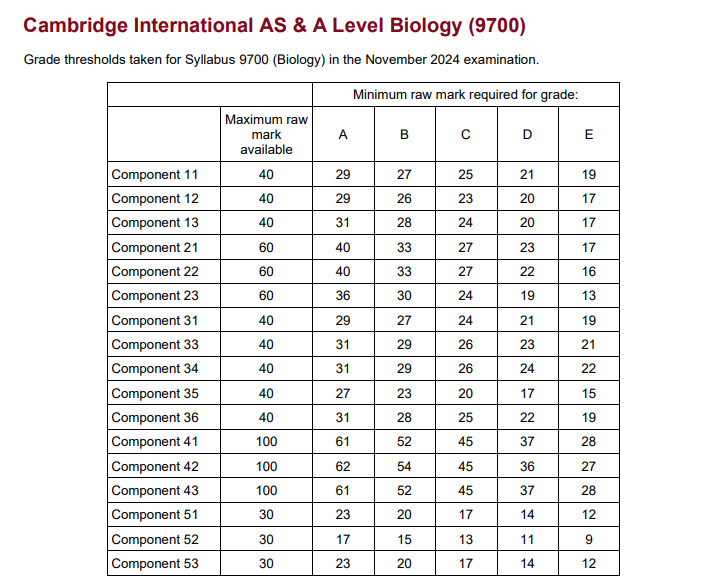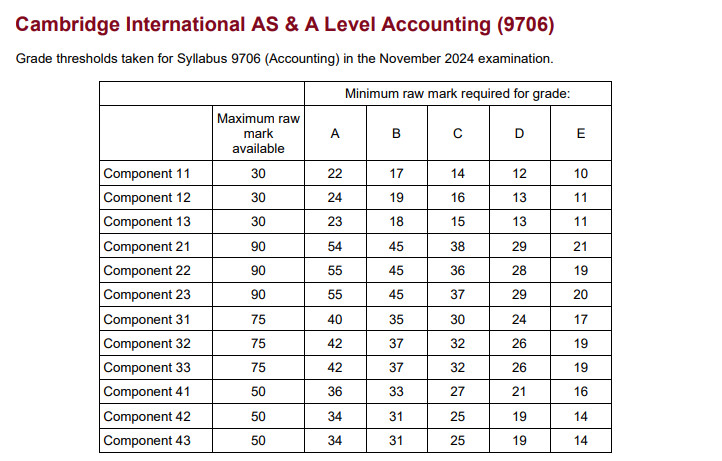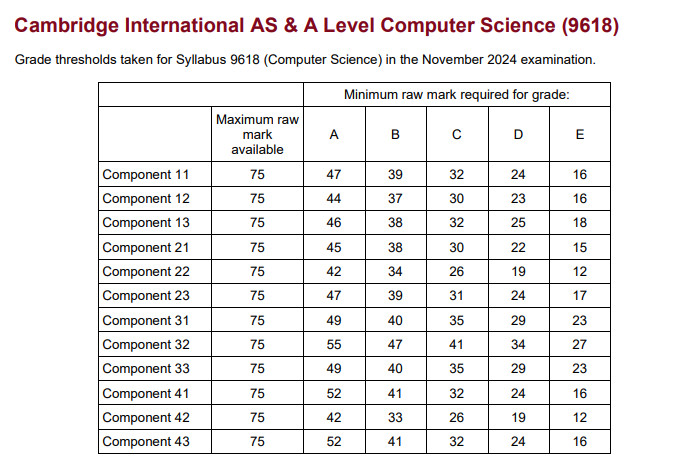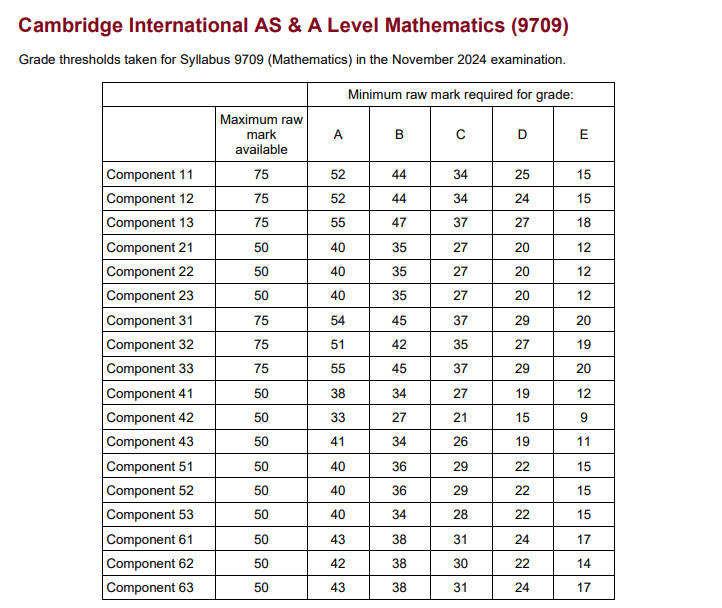A Level and O Level exams are important in defining a student’s academic future in secondary and pre-university education.
Although both systems are accepted around the world, parents and students can find their different grading schemes overwhelming.

Making educated decisions about education and job choices requires knowing how grades are issued, what passing marks indicate, and how colleges interpret these ratings.
The O & A Level Grade System will be thoroughly explained in this guide to help parents and students in navigating these significant tests.
🎓 Fast-track your future with KIMS O-Level in 2 years!
💬 Book your FREE consultation today and unlock endless possibilities.
Understanding the O-Level Grade System
Students are graded according to how well they perform on standardized tests under the O-Level system. A* is the highest grade, and the range is A* to U. Interpreting the findings requires an understanding of the conversion techniques, passing scores, and grading criteria.
O Level Grading Thresholds
Students normally take the O Levels (Ordinary Levels) when they are 16 years old.
The Cambridge International Examinations (CIE) and Edexcel include these tests, which evaluate students’ comprehension of a subject by combining coursework and final exams.
A Level Cambridge International Grade thresholds define minimum marks required for each subject’s success.
Students can use this measure to understand how they compare to their peers in terms of achievement and status.
O Level Passing Marks
The minimum grade required to pass an O Level subject is an E. A Grade C or higher, however, is frequently regarded by Schools, colleges and companies as the minimal need for subject expertise.
The following options are available to students who get a U grade in an O Level subject:
- Retake the exam in the next available session.
- Enroll in an alternative qualification like IGCSE.
- Move forward with other subjects if the failed subject is not mandatory.
O Level Grade Conversion Chart
When applying to international schools, many students must translate their O Level results into GPA or comparable grading schemes. Here is an approximate conversion guide:
| O Level Grade | US GPA Equivalent | Percentage Equivalent |
| A* | 4.0 | 90–100% |
| A | 3.7 | 80–89% |
| B | 3.3 | 70–79% |
| C | 3.0 | 60–69% |
| D | 2.0 | 50–59% |
| E | 1.0 | 40–49% |
| U | 0.0 | Below 40% |
The majority of schools and universities have their own conversion schemes, therefore it’s best to confirm their rules.
O Level Exam Scoring Method
Trained examiners who maintain a strict marking methodology mark O Level exam. The scoring procedure is as follows:
- Marking Criteria: Every subject has a unique mark distribution determined by knowledge, application, and analysis.
- Raw Marks & Grade Boundaries: Based on the annual grade boundaries established by the exam board, the raw score is transformed into a final grade.
- Final Calculation: Some disciplines have coursework that goes toward the final grade, while others only consider performance on the final exam.
Understanding the A Level Grade System
Students usually take the subject-based Advanced Level (A Level) exams after finishing their O Levels (Ordinary Level) or a comparable secondary school. They are essential for both employment opportunities and university admissions. Parents, teachers, and students must all be aware of the A Level grading scheme to monitor academic progress and establish reasonable objectives.
A Level Grade Thresholds
Students usually take the Advanced Levels (A Levels), which are more difficult than the O Levels, between the ages of 17 and 19. They are generally accepted by institutions around the world and function as a pre-university certification.
A percentage scale is used to determine level grades, with unique limits for every grade. The typical grading scheme consists of A Level Cambridge International Grade thresholds define minimum marks required for each subject’s success.
Grade boundaries are adjusted yearly based on overall student performance.
A Level vs. O Level Grading Differences
The main differences between A Level and O Level grading include:
- Complexity: Compared to O Levels, A Levels are more challenging and demand a deeper comprehension of the subjects.
- Grading Scale: O Levels only offer A* as the top grade, while A Levels use A* as the highest.
- Weight in University Applications: O Levels are regarded as secondary education credentials; however, A Levels are given more weight because they are used for Collage and university admission.
A Level Predicted Grades Explanation
Grade predictions are very important when applying to universities. They are teacher-assessed grades based on:
- A student’s performance in coursework and internal exams.
- Attendance and participation in class.
- Past academic trends in similar subjects.
Universities offer conditional admissions based on anticipated grades, which means that in order to be admitted, students must reach or surpass their predicted grades.
A Level Results Grading Scale
The letter-based grading system used for Levels is comparable to that of O Levels, although it also includes an A* mark. Each grade has the following meanings:
- A (Exceptional performance) *: Typically required for top-tier universities.
- A (Strong performance): Competitive for most universities.
- B (Good performance): Meets entry requirements for many institutions.
- C (Satisfactory performance): Acceptable but may limit university choices.
- D/E (Low pass): Fewer university options, may require retaking.
- U (Fail): No points awarded, must retake if necessary.
Conclusion
Students who are preparing their academic and professional paths must understand the A Level and O Level grading schemes.
Future opportunities can be significantly impacted by knowing how grades are calculated, how they impact university applications, and what steps can be taken to improve performance.
For accurate and up-to-date grading guidelines, always check with your test board or institution.
🎓 Fast-track your future with KIMS O-Level in 2 years!
💬 Book your FREE consultation today and unlock endless possibilities.
FAQs
1: How does the A Level grading system work?
A* is the highest* and U (Ungraded) is the lowest on the letter-based scale used in the A Level grading system. The examination board’s grade boundaries are used to transform the raw exam scores into final grades, which serve as the basis for grading.
The majority of A Level courses are divided into two years of study, with the first year being AS Level and the second year being A2 Level. While some exam boards require that students take all of the exams at the end of their A Level program, others enable students to take the AS exams independently.
2: What is the minimum passing grade for O Level?
For O Levels, a passing grade of at least E is required. However, a strong pass is often defined as a grade of C or higher by the majority of institutions and colleges.
A student receives a U (Ungraded), indicating that they have failed the subject, if their score is less than 40%.
3: How are A Level grades calculated in the UK?
A Level grades are calculated based on:
- Final exam performance: Exams typically account for most of the final grade.
- Coursework (if applicable): Some subjects include coursework, which contributes to the final mark.
- Grade boundaries: The final grade is assigned based on boundaries set by the exam board (e.g., Cambridge, Edexcel, AQA).
The Uniform Mark Scale (UMS) is occasionally used to standardize scores across exam sessions, combining marks from several papers or modules.
4: What do A Level grades mean for university admissions?
A Level scores are important when applying to universities. For various courses, the majority of colleges have certain grade criteria.
For example:
- A top-tier university like Oxford or Cambridge might require A*AA or higher.
- Other universities may accept ABB, BBC, or CCC, depending on the course.
- If a student does not meet their required grades, they may still get a place through Clearing (a system where unfilled university spots are offered to students with lower grades).
5: Is the O Level grading system different from IGCSE?
Yes, while O Level and IGCSE are similar, they have different grading systems:
| Exam Type | Grading Scale |
| O Level | A* – U |
| IGCSE (Cambridge) | 9 – 1 (new system) or A* – U (old system) |
IGCSE offers more coursework options, while O Level is typically more exam-focused.
6: Can you retake A Levels or O Levels to improve grades?
Yes! Students can retake both A Level and O Level if they are not satisfied with their grades.
- Level retakes: Available in the next exam session (May/June or Oct/Nov).
- A Level retakes: Students have the option to retake individual courses or, if relevant, particular modules.
Exam retakes can improve university or employment applications, but they come with extra costs and preparation.
7: How are grade thresholds determined each year?
Grade thresholds (cut-off marks for each grade) are adjusted annually based on:
- Overall student performance: If students perform exceptionally well, grade boundaries may be raised.
- Difficulty of the exam: Harder exams may have lower thresholds to maintain fairness.
- Statistical analysis: Exam boards compare results to previous years to ensure consistency.
8: Do different countries have different A Level grading systems?
Yes, the A Level grading system varies slightly by country.
- UK: Uses A*–U grading.
- Singapore: Uses a similar A*–U system but includes H1, H2, and H3 distinctions for different subject levels.
- Pakistan: Follows Cambridge A Level, but some Schools, Collage, and universities convert grades into local GPA systems.
- India: Uses A Level but universities often require grade conversions to percentage scores.
9: How do employers view O & A Level Grade System?
Employers value both A Level and O Level grades when considering job applications.
- O Level: Important for entry-level jobs and foundational skills.
- A Level: More critical for professional roles, internships, and university admissions.
Certain A-level subjects may be required for some businesses (such as finance or law), while others may place more emphasis on overall academic achievement.
10: What is the difference between raw marks and UMS scores?
- Raw marks: The actual score a student gets on an exam paper.
- UMS (Uniform Mark Scale) scores: A standardized score used to ensure fair grading across different exam sessions.
For example, grade limits and statistical modifications may result in a UMS score out of 200 for an exam with 100 raw marks.


